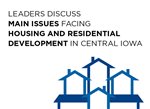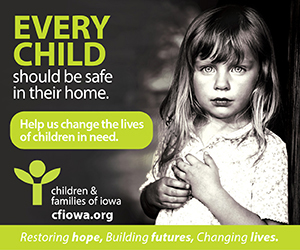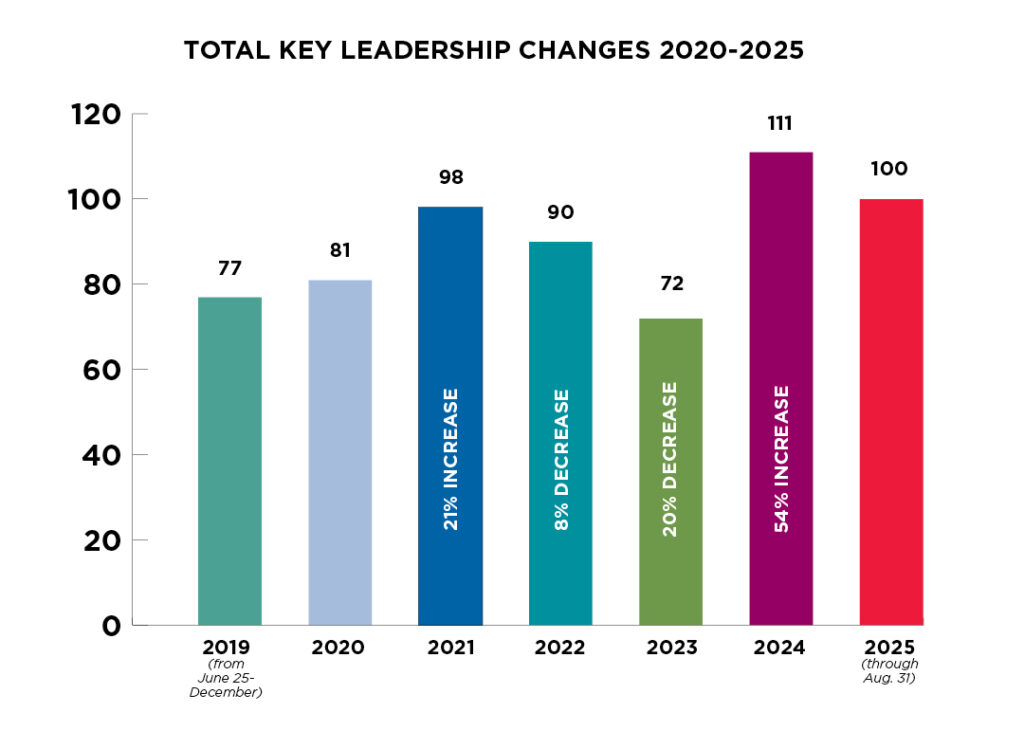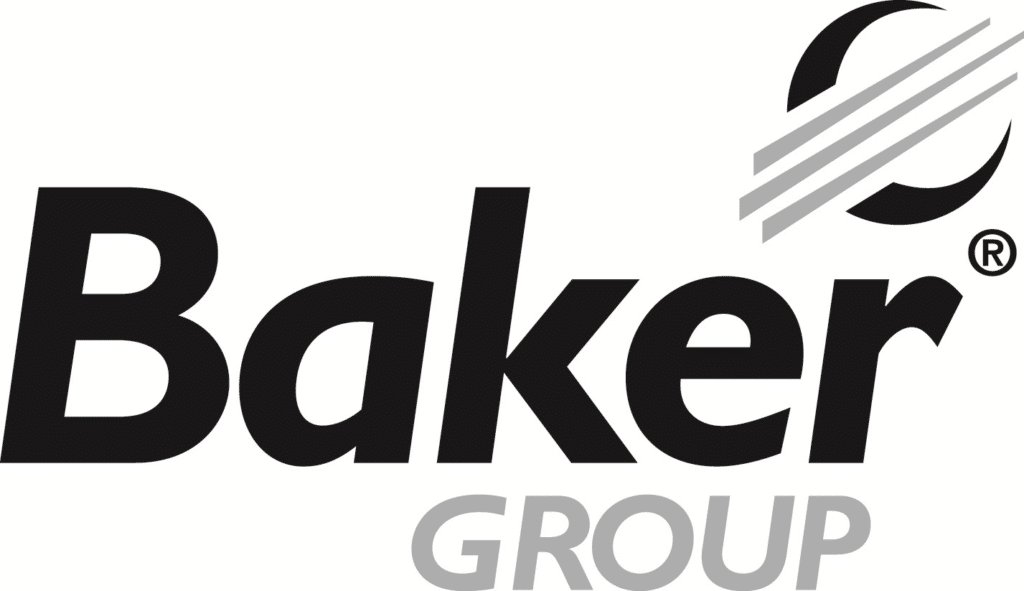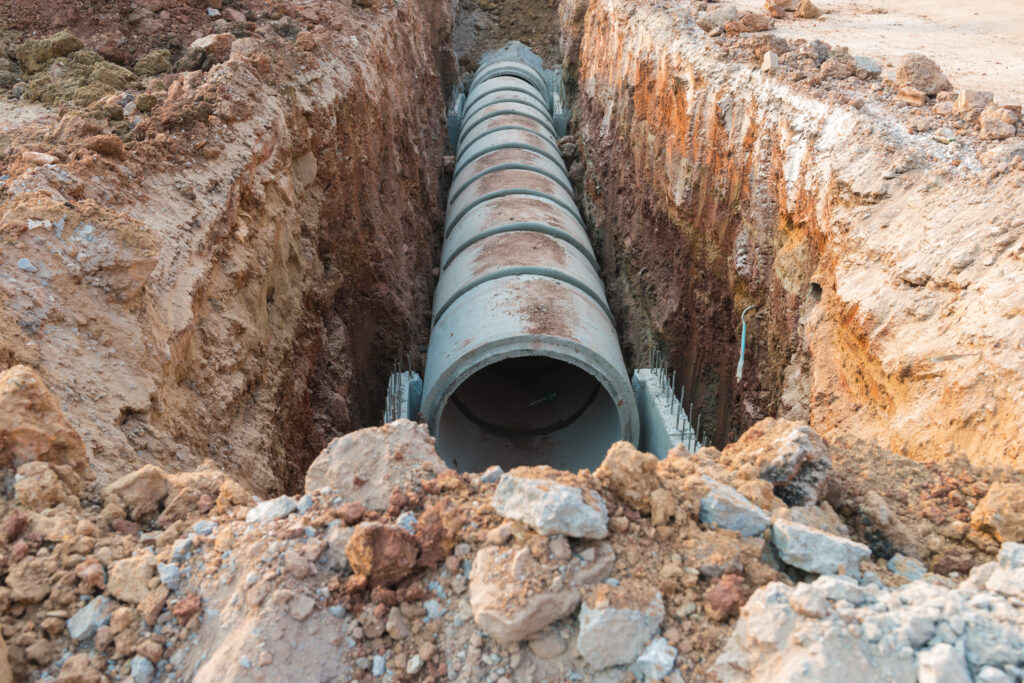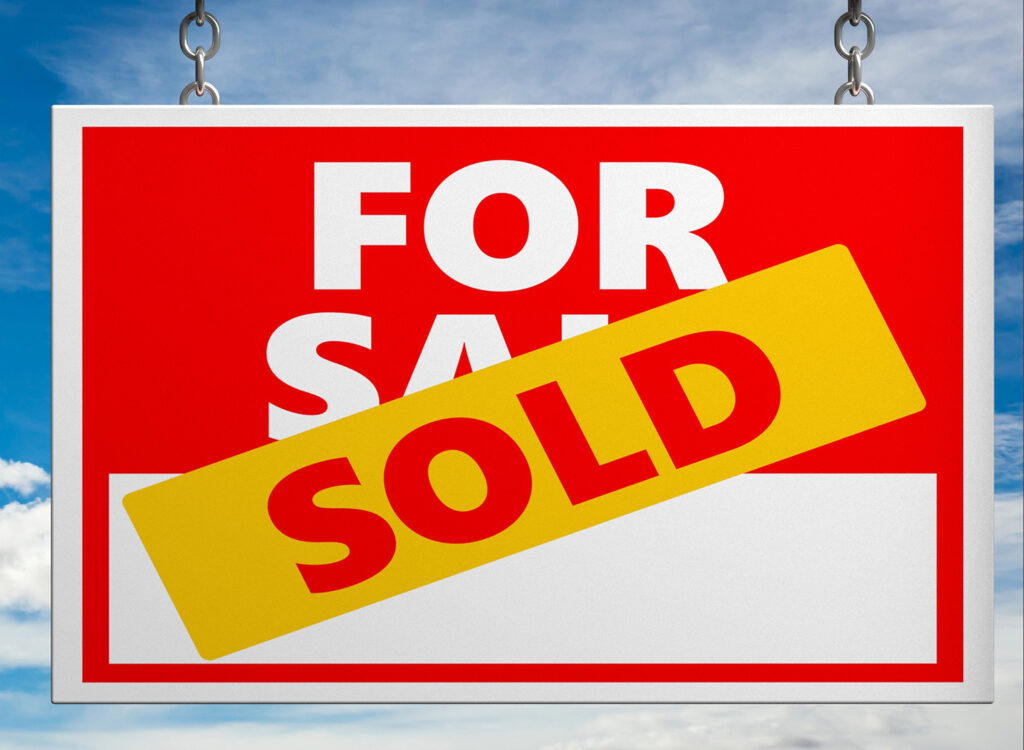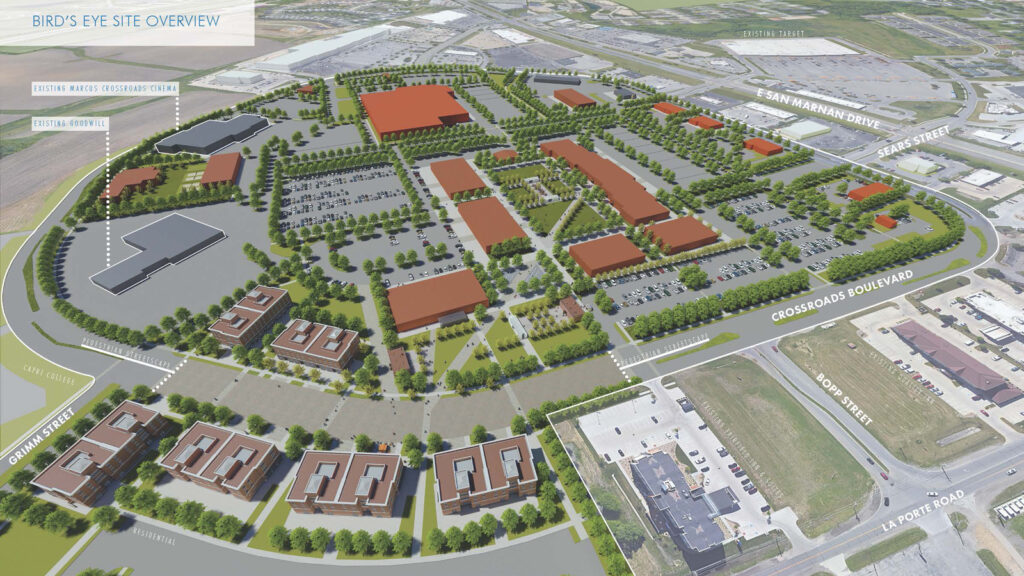Leaders discuss main issues facing housing and residential development in Central Iowa

BUSINESS RECORD STAFF Jan 28, 2020 | 11:28 pm
4 min read time
934 wordsBusiness Record Insider, Real Estate and Development
Our most recent Newsroom 515 event focused on housing. The discussion was also one of the panels — albeit the only one in front of an audience — for our Annual Real Estate Magazine, which will publish in April. The discussion focused largely on affordability and having enough housing to support the workforce in Greater Des Moines. Read through the first question of the discussion asked by Kathy Bolten, Business Record senior reporter covering real estate and development.
What are the main issues facing housing and residential development in Central Iowa in 2020?
Kris Saddoris
Vice president of multifamily development, Hubbell Realty Co.
Well, you hear “affordable” a lot today, and I’m going to ask you to strike that from your language. Let’s start to talk about “attainable.” Because affordable tends to mean “those” people, and I’m going to argue that all of us need attainable housing. We all live in attainable housing. … The biggest thing that’s facing our industry is understanding … what that means for our community, what that means for anybody that’s a manager or business owner. You should understand what kind of attainable housing you have for your employees. … We know the biggest challenge facing Des Moines is we need bodies; 2% unemployment is a bad thing. We need bodies, and in order to do that we need attainable housing.
Amber Lynch
Executive director, Invest DSM (city of Des Moines)
I think that one of the things in front of us is how do we come together as a region and be thoughtful about our regional housing market. We know that people make housing choices across the region. We know that it’s easy to commute from one place to another within our region from where you live and where you work. And so how do we think about these issues as outside of jurisdictional boundaries, because it does cross city lines. We need to figure out how we can balance supply and demand across the region, not just within one single city.
Ben Champ
City manager, city of Pleasant Hill
I would agree with Kris that the conversation was more than just affordable housing. The conversation we have every day is about housing for all, and that includes affordable housing. But that’s about choice for everybody in every piece of the market; the context that we’re working in as a suburban community is the context of what I would call a monoculture of housing that is very similar, that continues and continues, that has its own inertia. But is that what we need? Is that the right suitable housing for everybody? I think of myself as I purchased a great house, but it was an available house. So there are available houses in most pieces of the market, but that doesn’t mean that they’re the right house for everybody. And that’s different than the affordable conversation at the other end of the spectrum.
Eric Burmeister
Executive director, Polk County Housing Trust Fund
We don’t talk as much about affordable housing as we did before, but rather just talking about housing in general. It really is on a continuum, and really does make a difference to the family, their household we’re talking about. But I think that there are really two big issues that are facing us right now, particularly in light of the workforce housing report. … So the first thing that we know is that the population is going to grow very quickly and so the velocity of building in this region is going to have to be at a rate that is a lot higher than it’s been in the past if we’re going to meet that demand. And then the second is value, which means we’re going to have to be building the right product at the right price. And so we’re going to have to know what those needs are for this population that’s coming in.
Frank Levy
President, Newbury Living
From your various purchases, I think you’d see a more macro view than I see as more of a niche guy. So I’ll add to the conversation that there’s three or four major neighborhood transformations that any developers or development services people would want to figure out. This move of DMU is going to radically transform the corridor that I’m most focused on right now, the Ingersoll/Grand corridor. … Our office is by Valley West Mall; the mall is struggling. There’s plans to do that. Then there’s a similar thing at Merle Hay Mall. And then you’ve just created a new neighborhood that’s going to radically alter the center of gravity in downtown. So those of us who are developing need to figure out what that means for our projects. And then something similar is happening in the East Village. I feel like my biggest challenge is to try and be a little bit pressure in one or more of these big sea changes.
Eric Webster
General manager, Berkshire Hathaway
From my perspective, from a residential real estate side of things, I see an ever-widening gap between something for our first-time homebuyer that would be sort of $220,000 and below. There’s a lot more inventory in the $325,000 and above than there is the other way. And new construction is focused on the higher end of things. We really could use [more] with the millennial buyer who is very savvy and buying houses and renting rooms. I think that the $100,000 gap between a resale home average price and a new-construction home is a big issue that faces our community today.

